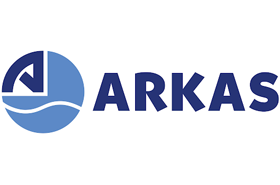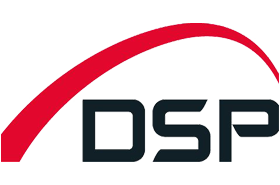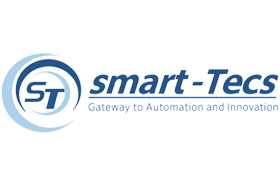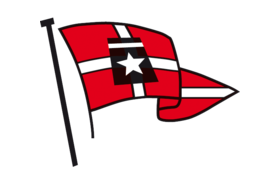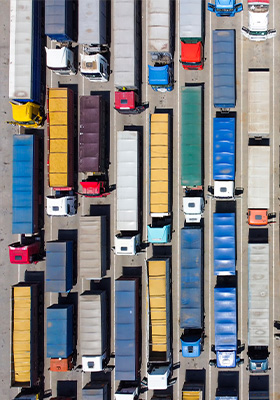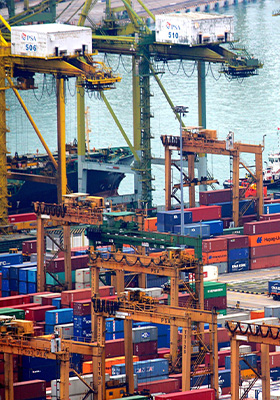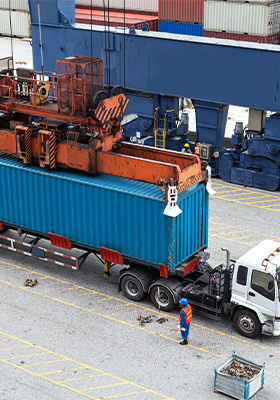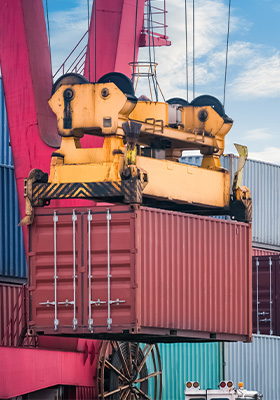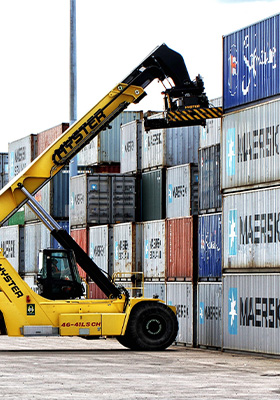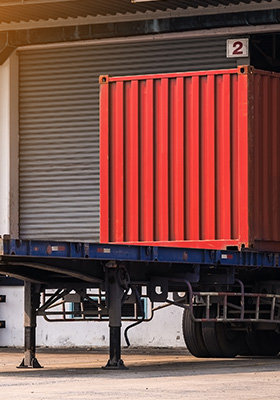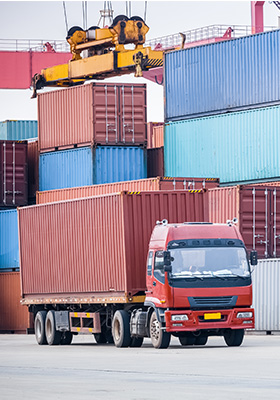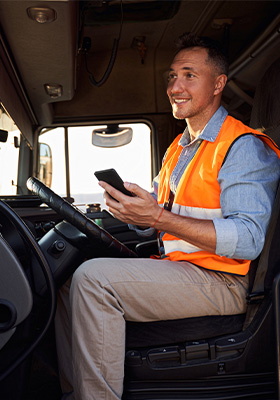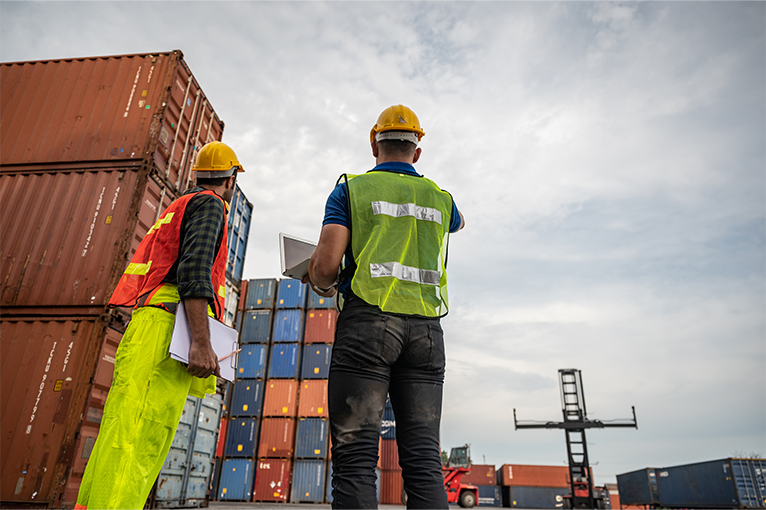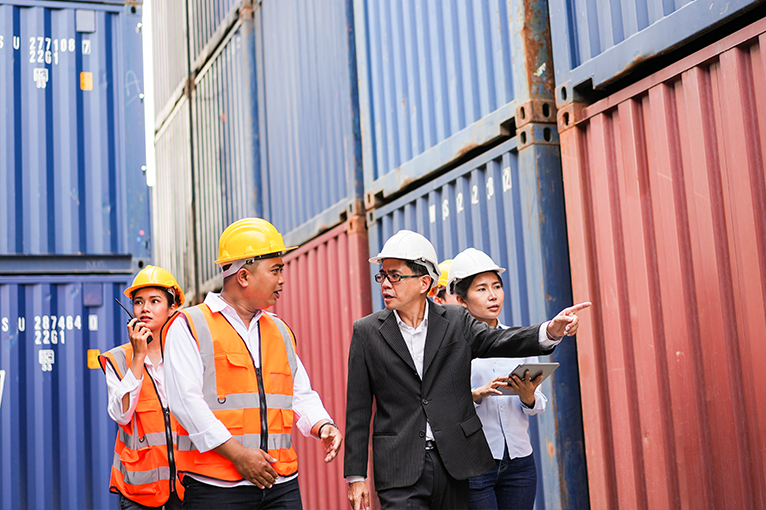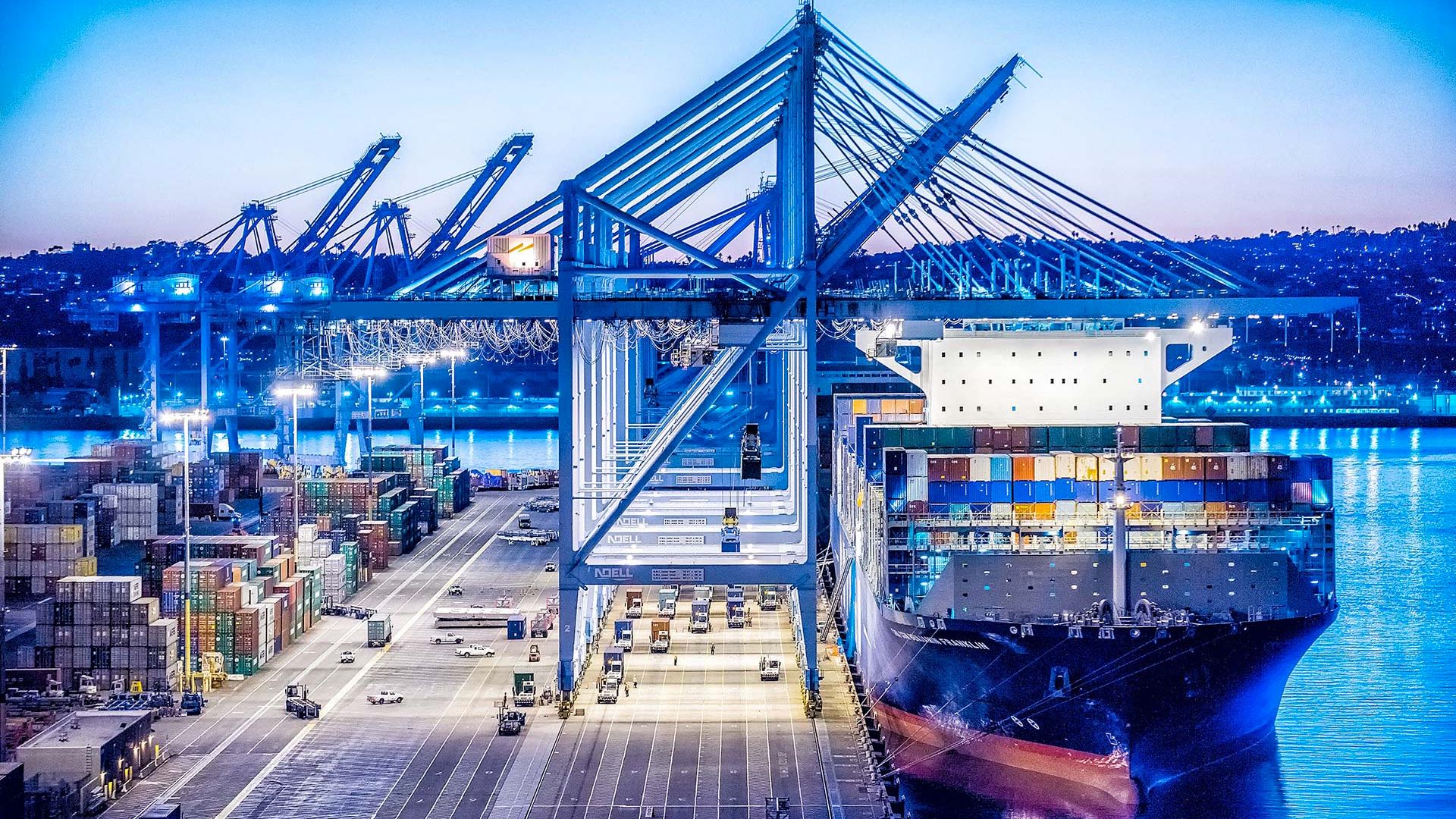Fluidize your terminal gates and yard with the best Ai-powered VBS
Our Vehicle Booking System automatically setups your daily appointments quotas and orchestrates the trucks ballet coming to your container terminal.
Note: A VBS is also called Truck Appointment System (TAS).
 Your terminal today
Your terminal today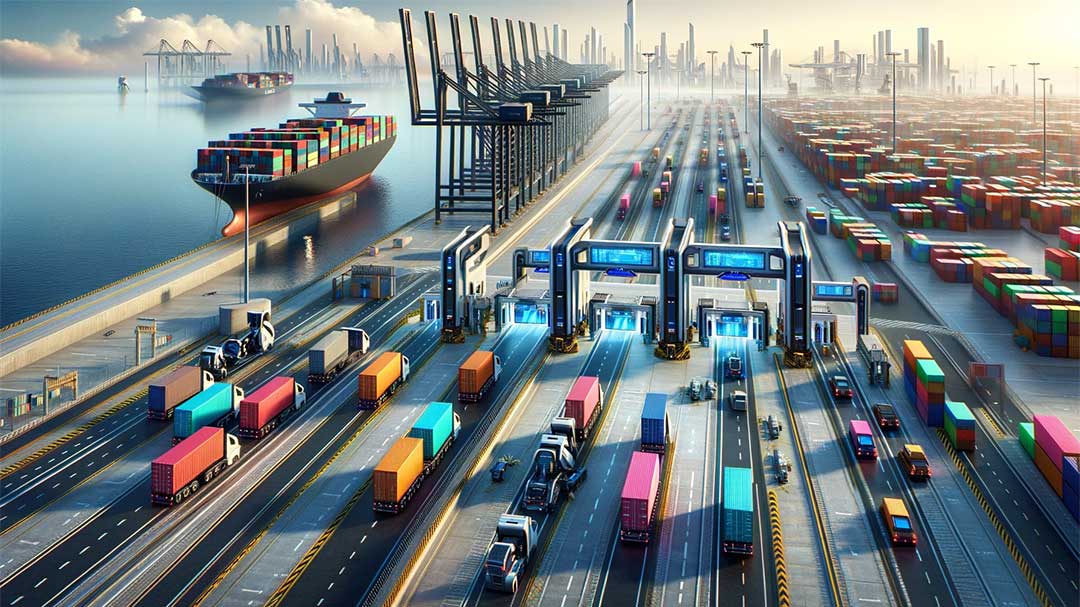 Your Smart Port tomorrow
Your Smart Port tomorrowTrusted by industry-leading innovators
Join the 1000+ terminals committed to fighting climate change
Discover the unique advantages of our VBS: Exclusive to DMSLOG.Ai, our system boasts pioneering features unmatched in the industry. Explore our key innovations.
Vincent – Montréal terminal’s Business Applications Manager – talks about his Vehicle Booking System project’s success (@ CTAC North Virginia nov. 2023).
-1.3Kg CO2
-5 $
+15% crane productivity
Benefits for your terminal
Make your terminal more fluid, efficient and therefore attractive
DMSLOG.Ai acts as a conductor and allows your terminal to reach the new shipping lines of tomorrow and larger vessels.
Benefits for your drivers
Lower your Truck Turn-around Time (TTT)
Transporters using DMS Vehicle Booking System benefit from recommendations and automatic decision support before making appointments.
Moreover, dispatcher’s operations (from any TMS / ERP) can be synchronized with the VBS via API. Then, drivers appointments on the terminal’s VBS can be 90% automated.
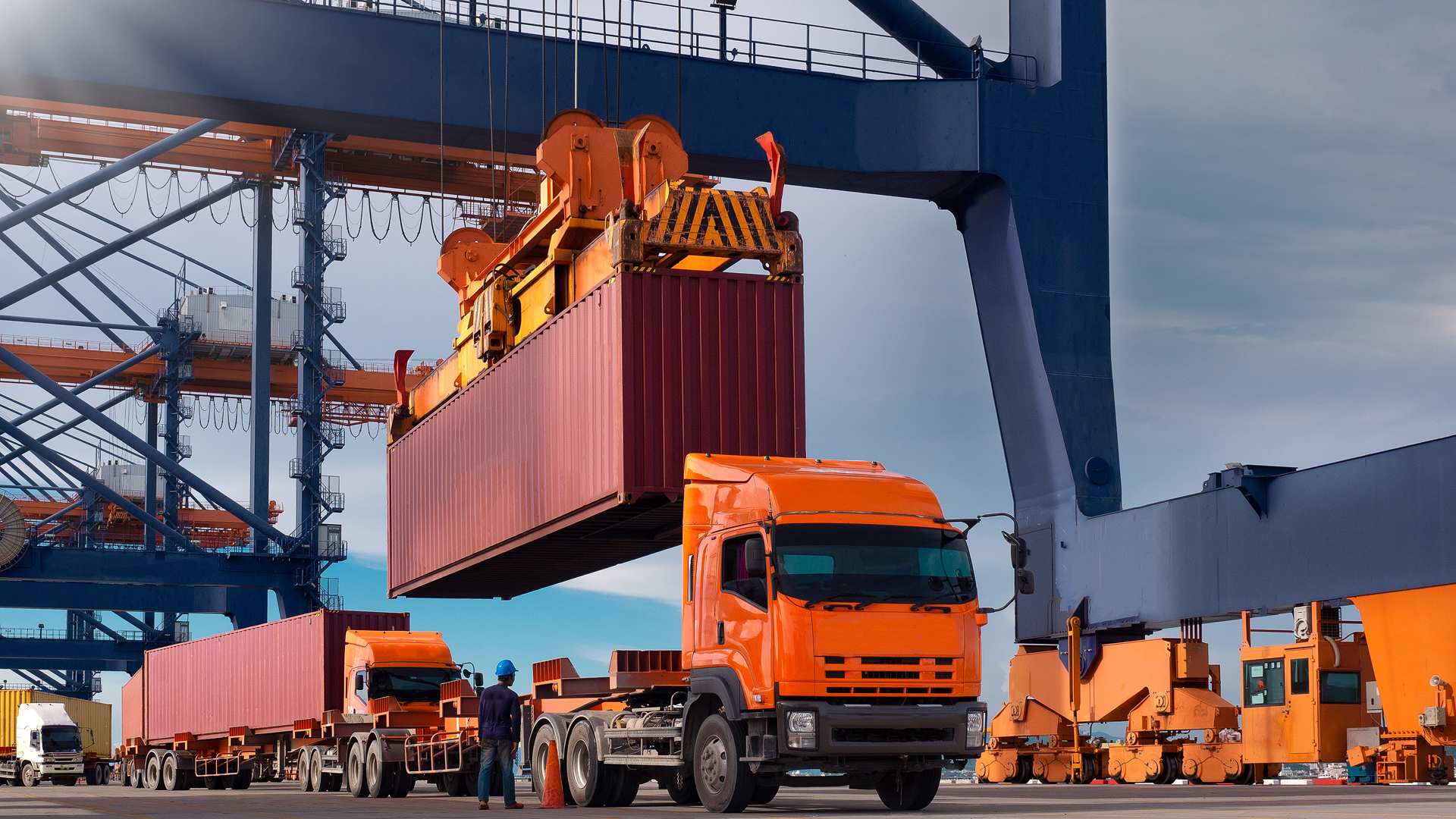
Help with decision making
Automatic appointment booking
Automatic quotas of appointments per slot
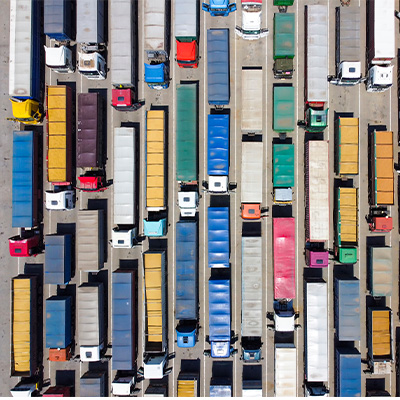
Fast decision-making
Reduce human errors
The implementation of an appointment scheduling system adds new tasks to the terminal operations managers. Indeed, choosing the right number of appointments to open per slot and how to adapt them over time, while maintaining the management KPIs at acceptable levels, is not easy. Often, experts rely on solid experience to carry out this task, which is very time-consuming and subject to many errors of anticipation.
The output of this intensive data processing makes it possible to predict the optimal number of appointments to open per slot. It is important to emphasize that this AI refines its predictions on :
- a tactical scale (horizon of a few days to a week)
- as well as on an operational scale (the day before meetings and the same day in near real time).
Prediction for sizing human and material resources
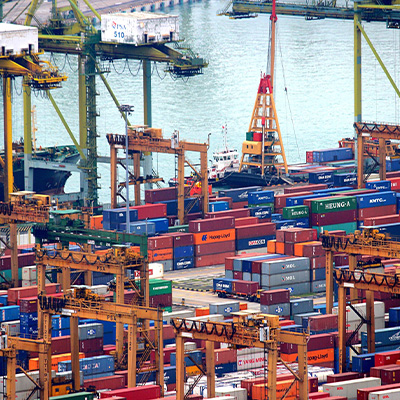
Fast decision-making
Reduce human errors
One of the main purposes of a booking system is to provide the ability for terminal managers to deploy their resources based on future activities. Thanks to the VBS, they are much less impacted by the hazards of natural arrivals.
This AI has as input the history of the performance of the resources, and calendar operational attributes… It is important to note that this AI is based on performance objectives to size the resources (an average TTT to be respected, a number of minimal movements to be made for the resources…) and it is this multi-objective aspect that involves Operational Research algorithms in the process.
Truck Turnaround Time (TTT) prediction
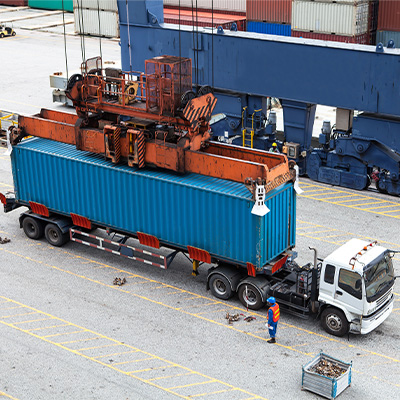
Fast decision-making
Reduce human errors
This enables truck drivers to make decisions regarding their appointments while having an estimation of the TTT they will experience.
It also allows terminal managers to assess the terminal’s activity through this performance indicator in order to better allocate their resources and make real-time adjustments to decrease or increase quotas.
Dwell time / Availability prediction
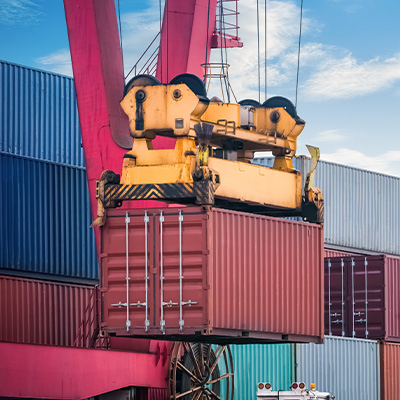
Fast decision-making
Reduce human errors
The dwell time is the period that a container spends within a container terminal that can be impacted by multiple factors, such as truckers’ behaviors or customs efficiency.
The dwell time modeling process benefits from incorporating the following data as predictive parameters: container cycles, gate transactions, manifest, and customs clearance.
Empty stock prediction
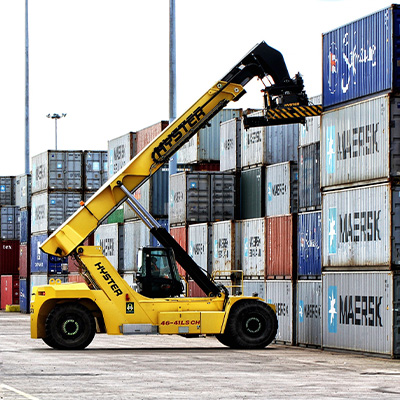
Fast decision-making
Reduce human errors
This makes it possible, for example, to allow an appointment to be made for an empty container even if at the time of making the appointment the container is not available, or on the contrary to block it even if the container is in stock at the time of booking the appointment.
It is accompanied by a likelihood value which makes it possible to say, for example, that a 22G1 MSC will be 98% available for a given day.
Prediction for maximizing the number of combined operations

Fast decision-making
Reduce human errors
This makes it possible to satisfy a double objective:
- to reduce the number of unnecessary visits by carriers to the terminal (which therefore makes it possible to maximize their number of operations per day and reduce their operational costs),
- and to maximize the number of movements for the resources deployed while minimizing their idle time.
This AI is based on an Operational Research algorithm which has as input:
- the AI prediction of each container dwell-time (see Chapter 2.5.7),
- the information of future operations entered by each transport company in the VBS.
Of course, the greater the flexibility in the choice of constraints, the more the proposals will be optimal (for example, undifferentiated import, no order of priority on the output of containers, etc.).
Prediction for reducing the number of unproductive moves
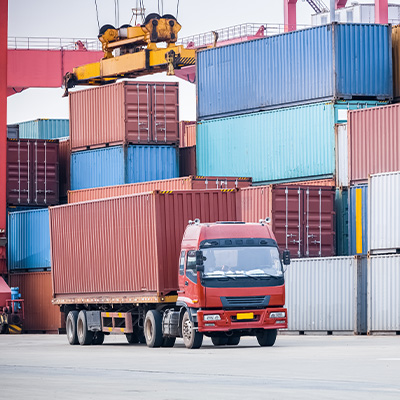
Fast decision-making
Reduce human errors
This AI is separated into 2 parts and is based on a set of attributes and entries in the VBS:
- An operational research part: which consists of using TOS and VBS information in order to propose the best scheduling of truck arrivals – with the objective of minimizing the number of non-productive movements.
2. A predictive part: which is based on the history of different sources of information to predict the “outgoing” containers on day D+1 in order to be able to prepare them during periods of under-activity of human and material resources on D day.
Directors and Ops main benefits 💰
Each deparment of your organisation gets operational benefits, quick process improvments, and measurable impacts (KPI dashboards provided on each solution).
Shareholders
Better EBITDA + Terminal attractiveness
CEO
Decarbonize your terminal and save money
COO
Auto. orchestrate the ballet of trucks and containers
CTO / CIO
Get databases / data structure optimizations
CFO
Lower your CAPEX/OPEX
All our Ai algorithms are designed and produced inhouse by the DMSLOG.Ai doctoral team. These combined algorithms power our solutions and web applications. Besides, they can also be organized individually according to your needs to create your tailor-made Ai solutions… like the Lego you’ve dreamt of !

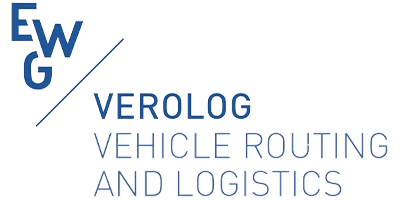

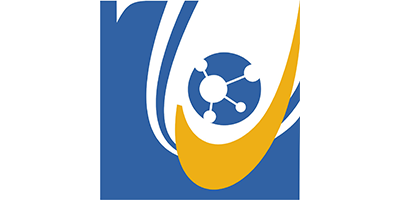

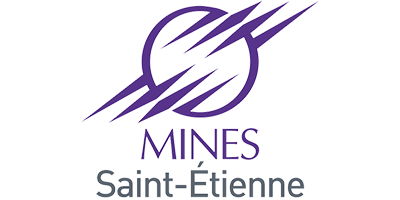
Quota forecast by slots
TTT prediction
Empty inventory forecast
Automated working lists
Pregate > Lane orientation
Dwell time forecast
Auto. appointments
TOS/GOS API binding
⚖️ Get compliant with your local and international CO2 regulations.
Intergovernmental Panel on Climate Change, United Nations Climate Change, Organisation for Economic
Co-operation and Development, UN Environment Programme, The European Council, USA Department of Energy…
📈 Our Ai-VBS in volume
We provide the most powerful Truck Appointment System on the market.
+0
Transporters
+0
Drivers
+0K
Appointments
+0M
Containers booked
DMSLOG.Ai is the world leader in Artificial Intelligence dedicated to hinterland containers flow forecasting and specialized on container terminals.
The terminal subscribes to the VBS (‘full VBS’ or ‘Ai API only’) – and pays monthly based on its volume of containers – then, transporters use the VBS for free.
Besides, transporters benefit from advanced features that allow them to reduce their waiting time in lines, facilitate their combined operations and rotate on the terminal more quickly.
* Prices depend on your volume, contract duration, options, specific requirements…
Your IT system or any ERP can be connected by API, EDI, EIR, FTP to the VBS… Then both systems are automatically synchronised, which saves your dispatchers a lot of time by avoiding them double inputs and errors.
Synchronise your ERP with the terminal VBS
Notify your partners with EDI/EIR messages
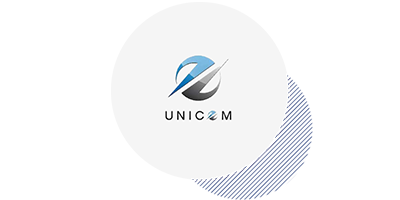

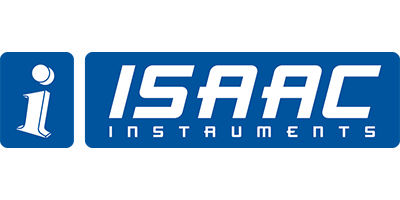
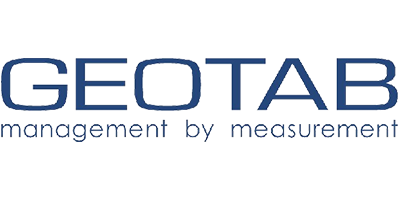
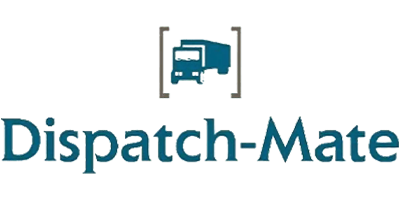
Our Vehicle Booking System (or the Ai API only) is configured month #1, tested month #2, and deployed month #3 to get your ROI month #4.
For any project deployment, we support you in the following steps.
5 star expertise on the latest tech
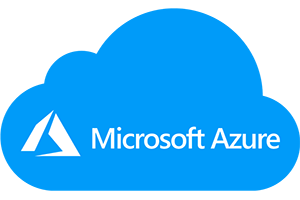
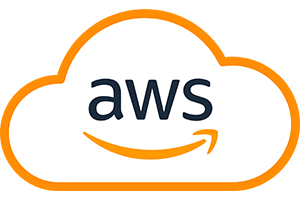

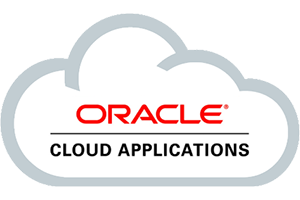


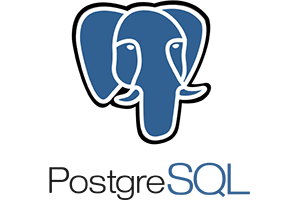


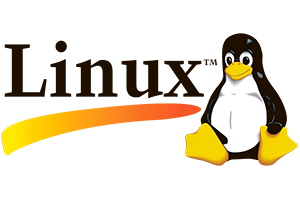


Our Vehicle Booking System (webapp or Ai APIs only) is available in…
[gtranslate]
This deployment process is done in 3 main steps.
Phase 1 – Dual Operation:
Initially, you’ll continue operating your current Vehicle Booking System (VBS) while we deploy our new system. This phase ensures there is no disruption in your terminal’s operations. Our team will work closely with yours to set up the new VBS in parallel, focusing on integrating it seamlessly with your existing infrastructure.
Phase 2 – Hybrid Testing:
In this phase, both the old and new VBS will be operational concurrently. This ‘hybrid system’ allows us to conduct real-world testing of the new VBS with a select group of carriers. It’s a crucial step to ensure the new system functions as intended and to identify and resolve any potential issues. This phase also provides an opportunity for your staff and carriers to familiarize themselves with the new system without fully depending on it.
Phase 3 – Full Transition and Closure:
Once the new VBS is thoroughly tested and validated, we’ll transition all transporter activities to it. During this phase, the old VBS will be phased out. We ensure a smooth transition where all transporters are now using the new system effectively. Following the successful implementation, the old VBS will be closed. However, we will securely store all historical data from the old system to ensure that no critical information is lost and can be accessed if needed.
Yes, a CMS is integrated into our Vehicle Booking System.
This detailed breakdown provides an in-depth look at how the CMS module integrated into the VBS enhances communication and operational efficiency between the terminal and the carriers community.
For Terminal Managers – Automatic Updates:
- The following automatic features simplifies terminal operations and ensures timely information dissemination.
For Carriers – Community Space Features:
- Vessel Information Access: Enabling carriers to view detailed vessel information, including Estimated Time of Arrival (ETA) and Estimated Time of Departure (ETD).
- Container Tracking: Offering carriers the ability to track containers at each step, similar to an Amazon order tracking system, including status updates within the vessel and terminal (or on the way to the terminal, when the truck TMS is connected to the VBS via API).
- Financial Information and Transactions: Providing information on Last Free Day, storage guarantees, payments due, and fees, sourced directly from the Terminal Operating System (TOS). Carriers can conveniently pay these charges using various payment methods like Credit Card, Visa, Mastercard, GooglePay, and ApplePay.
- Truck Turnaround Time Estimations: Availability of a chart displaying estimated Truck Turnaround Times for the current and upcoming days, aiding carriers in planning and logistics.
Public and Private Access
- Access Control: Allowing for tailored information sharing based on the terminal’s and carriers’ needs.
Yes, our VBS can work without the Ai layers – even if the best logistics optimizations come from the Ai features.
Contact us for more details, it will be a pleasure to deploy our Vehicle Booking System on your terminal.
However, a Vehicle Booking System with Ai Integration has several benefits:
- Advanced Logistics Optimization: Utilizing AI algorithms, the system offers superior logistics management, optimizing container handling and vehicle scheduling.
- Predictive Analytics: AI capabilities enable predictive modeling for better forecasting and decision-making.
- Enhanced Efficiency: The AI layer streamlines operations, reducing wait times and improving turnaround.
- Data-Driven Insights: AI tools provide valuable insights for continuous improvement and strategic planning.
without any longer project deployment (they both need 4 to 6 month).






